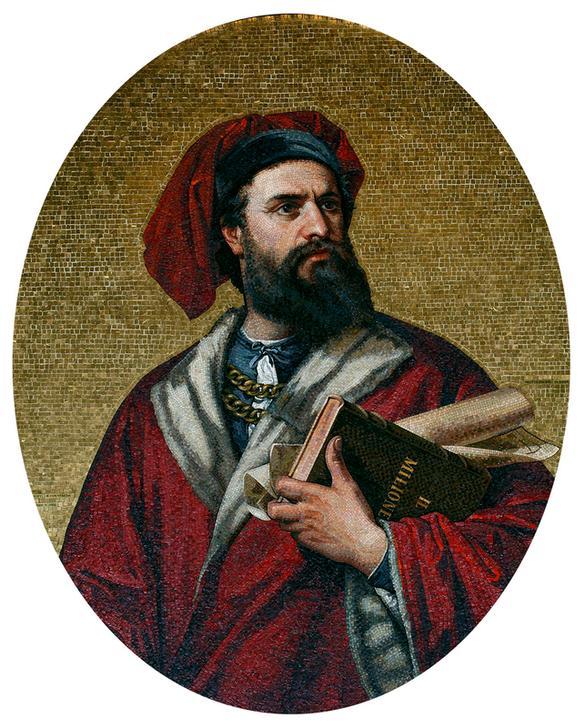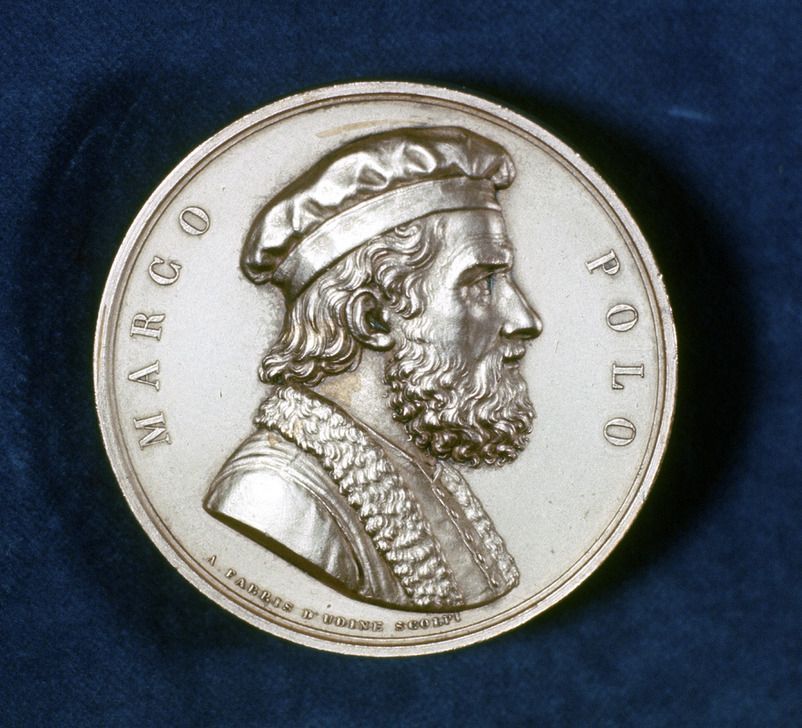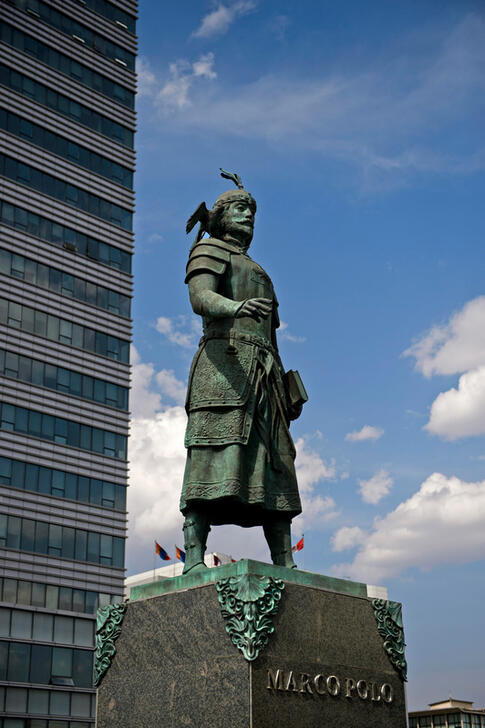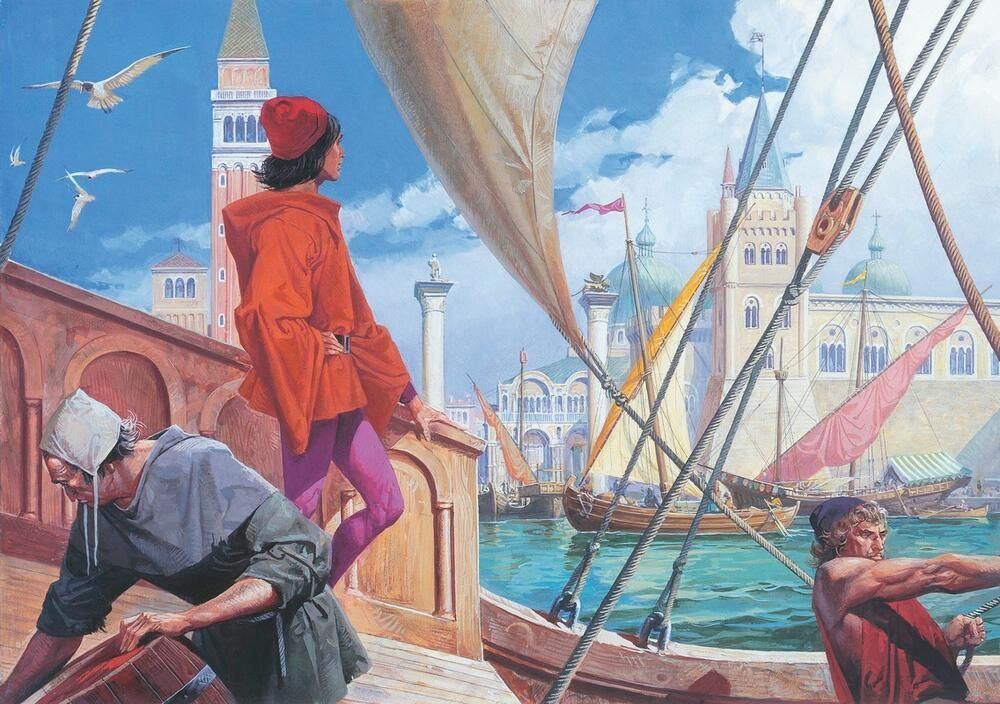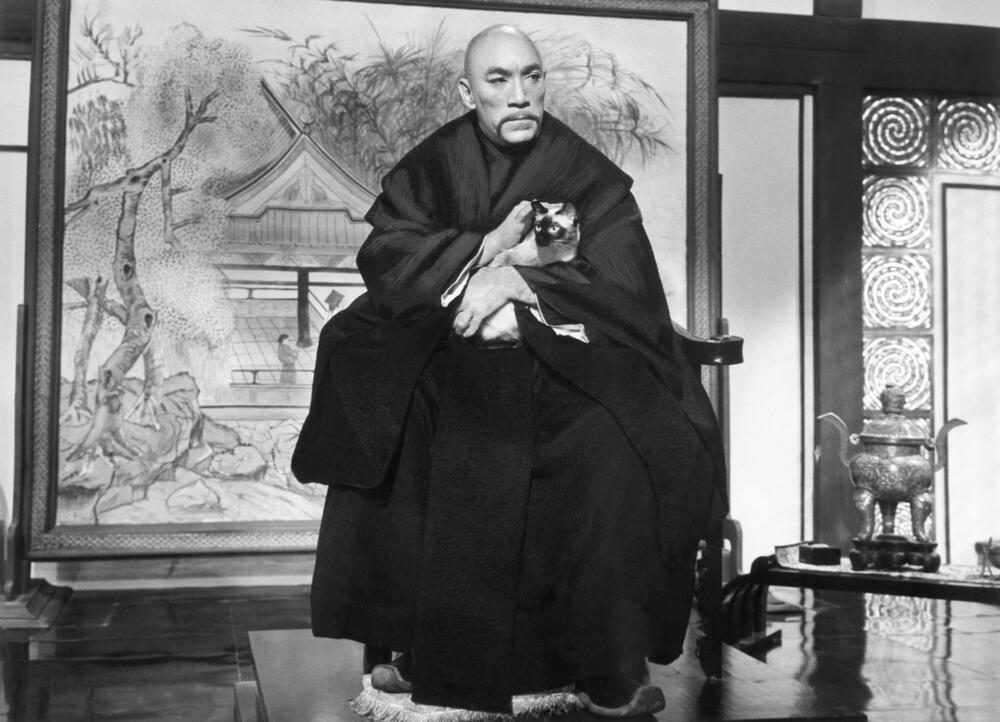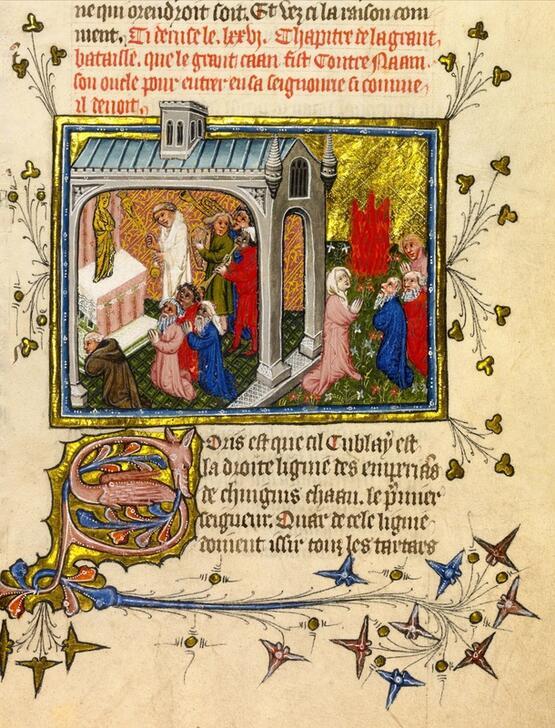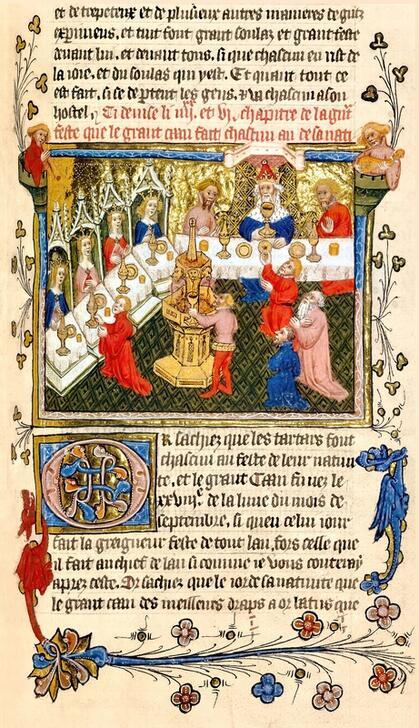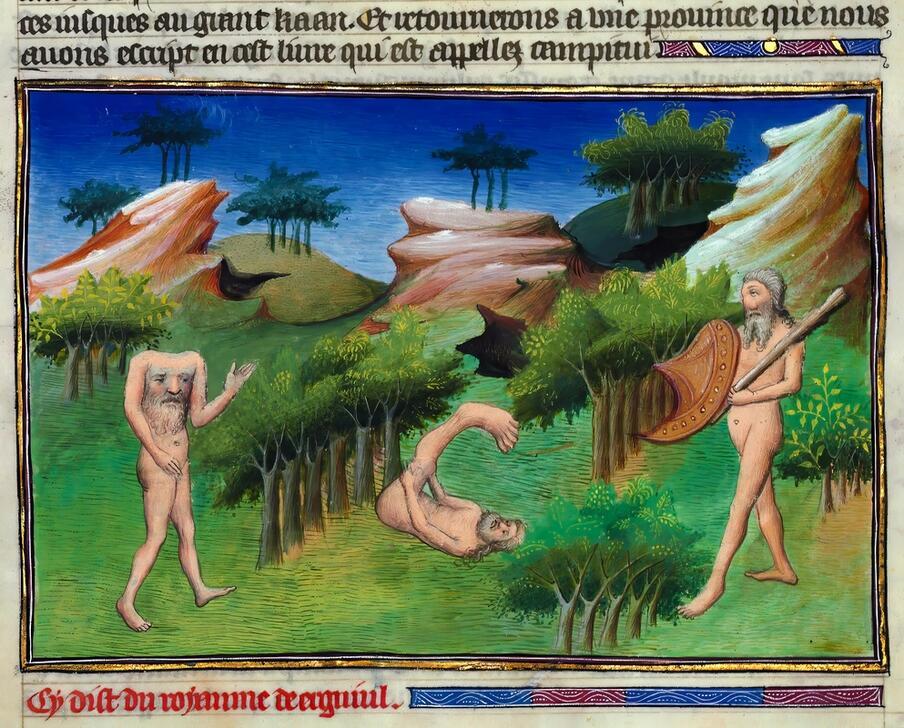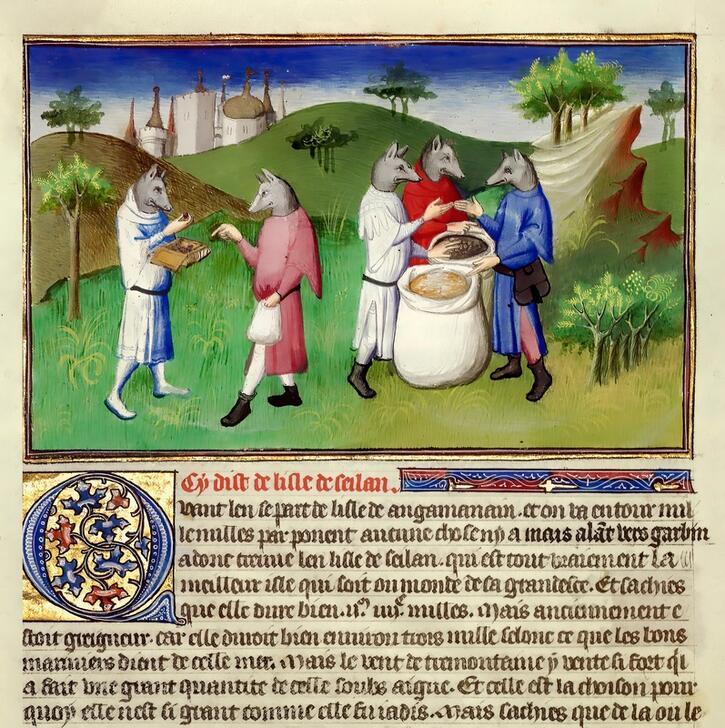MARCO POLO
January 2024 marks the 700th anniversary of the Venetian traveller's death.
20 December 2023

On the 700th anniversary of the death of Marco Polo, we share the story of history's first great traveller. Born on September 15, 1254, Marco left Venice at 17 with his father Niccolo and his uncle Matteo in 1271. He did not return to his hometown for 24 years, after having travelled some 24,000 kilometres. His journey took him, via the Silk Road network, through Persia and Central Asia to China. On his return, he travelled the sea route via Singapore, Sumatra, Sri Lanka and Constantinople, before sailing to Venice.
Taken prisoner in 1296 during a war between Venice and Genoa, in which he took part aboard a galley, Polo was incarcerated for three years and had his memoirs of the Orient written by his companion in captivity, Rustician of Pisa. After his release in 1299, he married, had three daughters and lived with his family in Cannaregio, working as a merchant and member of the Grand Council of Venice. Marco Polo dictated his will and died on January 8, 1324. He was buried at the San Lorenzo church, but his tomb disappeared following various restorations of the building.
Marco Polo depicted in engravings, sculptures, paintings and cinema
The main stages of Marco Polo's journey and life: illustrations, maps and photos

Click here for more images of Marco Polo and key places in his life and travels.
The Emperor of China, Kublai Khan
Kublai Khan (1215-1294) was the grandson of Genghis Khan. Marco Polo worked for him as a messenger and emissary in the Mongol and Chinese empires between 1275 and 1290. Much of Marco Polo's account focuses on the 'wonders' he saw at the court of Kublai Khan.
The story of Marco Polo put into images: the most fascinating miniatures of the 15th century
Our knowledge of the life of Marco Polo is largely influenced by his book, known under the titles "Le Devisement du Monde", "The Book of Wonders", and "Il Milione" in Italian. Marco Polo describes his adventures and experiences during this long journey, presumably using the documents he brought back from his trip. The story gives a multitude of topographical, zoological, political, societal, religious, and folklore narratives. The transcripts of the initial text written in Franco-Italian by Rustician of Pisa in 1299 and adapted into French in 1310 gave rise to the creation of magnificent illuminations of which we present two sets:
The Books of the Great Khan (Li Livre du Graunt Caam)
This refers to a manuscript held at the Bodleian Library in Oxford. Dating from the early 15th century and written in French, the text is accompanied by 39 miniatures of Master Johannes and his workshop, possibly made in London.
Click here to see all the illuminations of this manuscript.

The Book of Wonders
It is a manuscript preserved in the National Library of France, dating from the beginning of the 15th century and written in French, accompanied by 84 miniatures, made in Paris, by several hands: the Master of Mazarine, perhaps the Master of Boucicaut, the Master of Egerton and their workshops; and Évrard d’Espingues. It forms the first part (fol. 1-96v) of a collection of travel stories and texts on the Orient.
Click here to see all the illuminations of this manuscript.


Click here to see the full selection of 300 images.
Design and image selection: Ulrike Haussen



